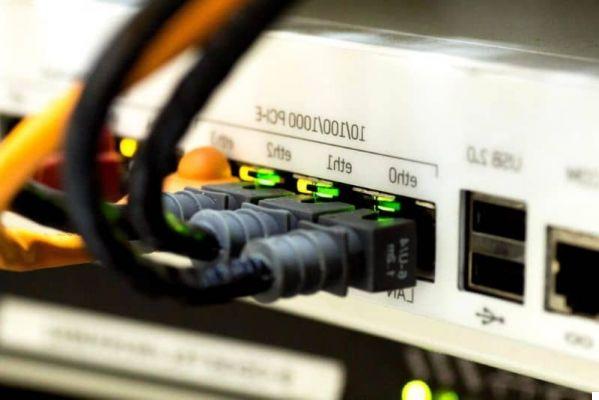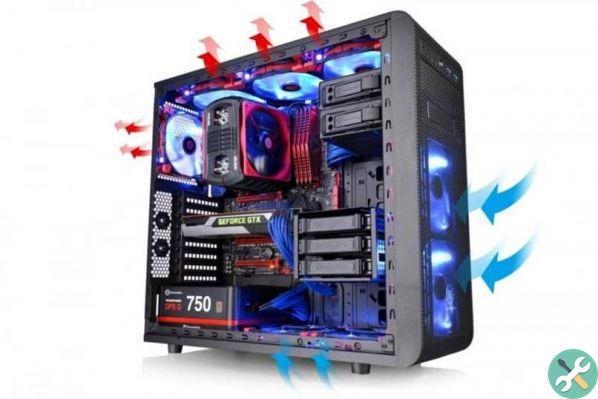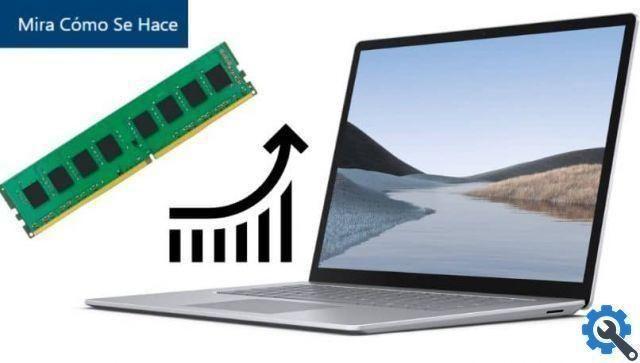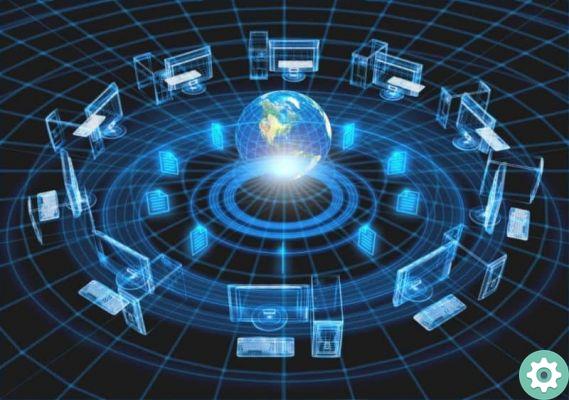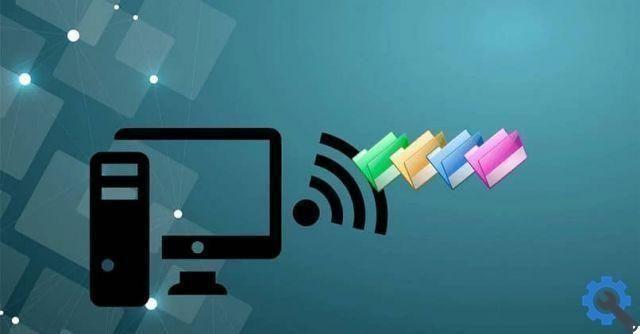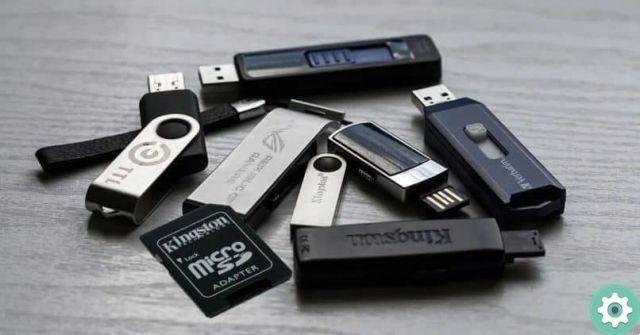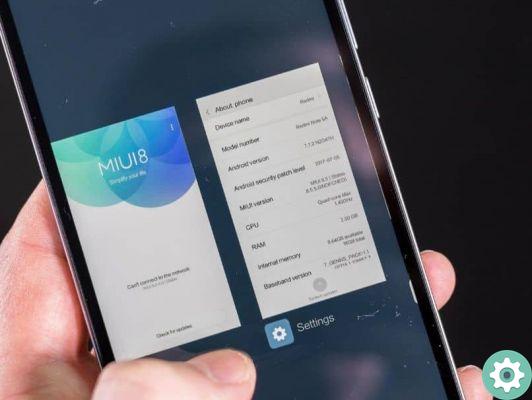Have you ever heard of the " second generation of computers "? Have no idea what it is? You will be surprised to know that this phase of history was crucial to the development of the technological and computer world we know today.
Do you want to know more? Well, keep reading this article, which is titled: Second Generation Computers: Origin, History and Evolution? - Basic guide.
A basic guide to the second generation of computers: origin and history
The 'second generation of computers' is nothing more than a period of time between the 1959 and 1964. Where a series of events and events crucial to the history of technology were unleashed.
Before that stage, the first generation of computers was based on vacuum tubes, but in the late 50s something happened. This device was replaced by the famous transistors, giving way to a new generation of computers, corresponding to the second generation.
It was also in those years that the doors to technology were formally opened to the world. Well, there was growing commercial interest in these technologies almost globally.
Returning to the topic of transistor, these were devices that almost immediately replaced thermionic valves in the computer field, since they had a greater advantage over thermionic valves.
These transistors were smaller in size, required less power, and operated faster. They did not require long cooling processes and had no filaments.
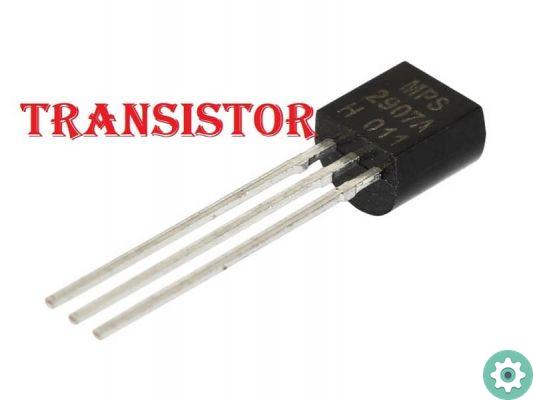
That's why, when used as electronic processing components, transistors have given way to the second generation of smaller and more efficient computers.
However, it should be noted that when these transistors were created in 1947, they were not as efficient as they were made of a germanium material and they failed very quickly. But this got better when, in the following years, these became bipolar junction transistors.
By the late 50s, these transistors had dethroned vacuum tubes in computer science, albeit with the same on-off mechanism, but with greater efficiency.
The computers of second generation have had great success with these transistors. People were thrilled that computers were smaller and more reliable, so in the early 60s they didn't hesitate to implement computers to create brand and product designs, print invoices, perform calculations, and so on.
Another surprising fact about the second generation of computers is that in addition to using transistors as their "engine," they had other components: network operating system, printer, programs, hardware, more storage space, among others.
It was at the University of Manchester (United Kingdom), where the first computer with integrated transistors was 'born' in 1953. Later, in mid-1955, this computer was reinvented, creating a second version and subsequent creations use up to more than 200 transistors.
These types of computers were so expensive that they were only available to millionaire tycoons and their corporations.
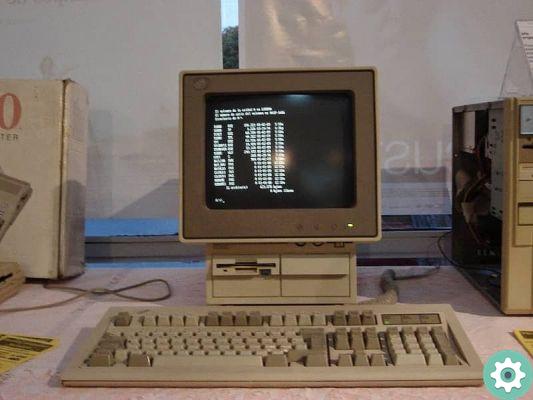
New assembly languages have also been created with these second generation computers, which allow programmers to operate easily using simple code. In addition, other languages have been created such as process control (controlling activities independently) and the high-level language (to program, configure and create computer software).
Second generation computer: evolution
The evolution of the second generation of computers compared to the first is truly remarkable. The fact that this new generation used transistors instead of vacuum tubes, which were much smaller in size. That it had cutting-edge languages and commands, software, hardware (these two are not the same, software and hardware have differences between them). And gradually becoming more accessible to the general public does one noticeable difference in history.
In addition, the second generation of computers had an impact and even an evolution on the economy, as they were implemented in companies to carry out paperwork and other tasks, making work easier and easier.
Although these computers had their certain flaws, they provided valuable information in many fields of technology that would be very useful. So that later the third and fourth generation of computers and the more recent generations were born.







